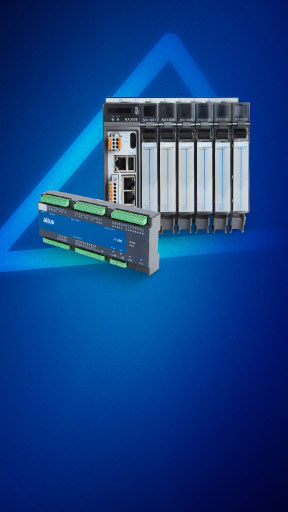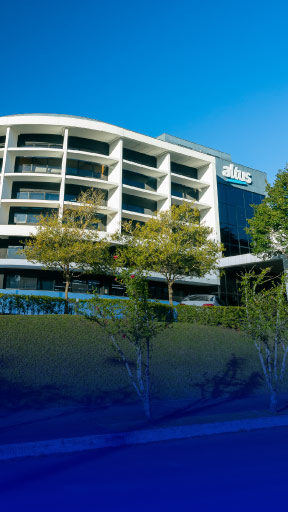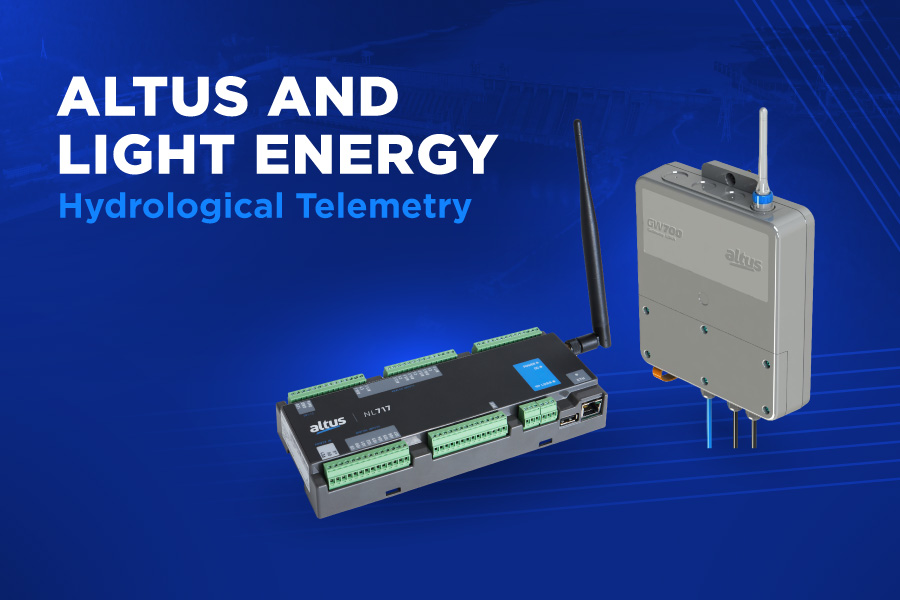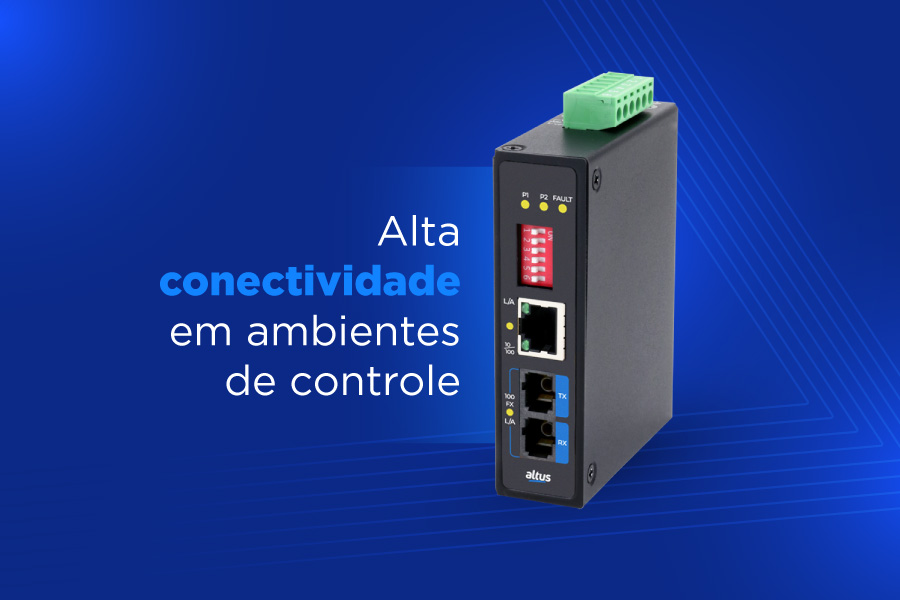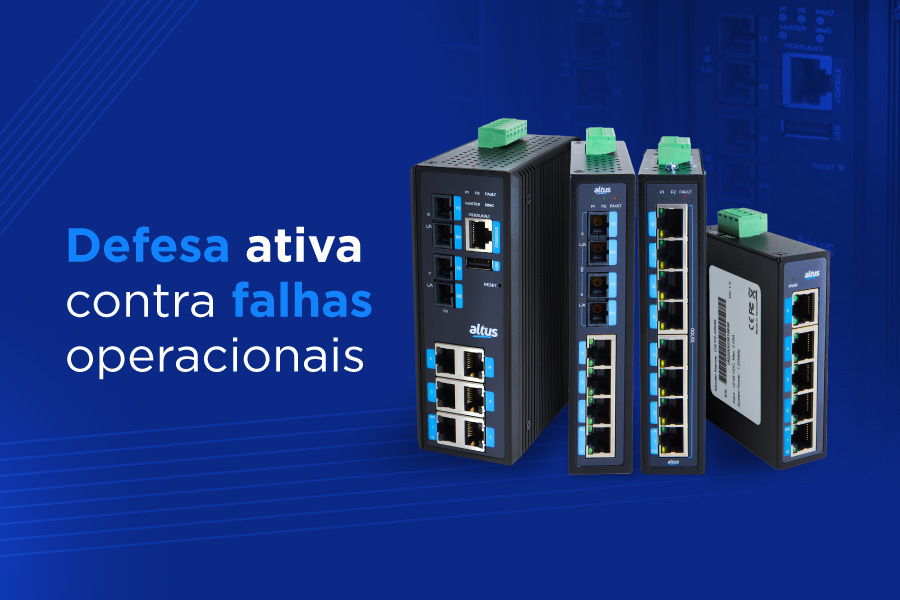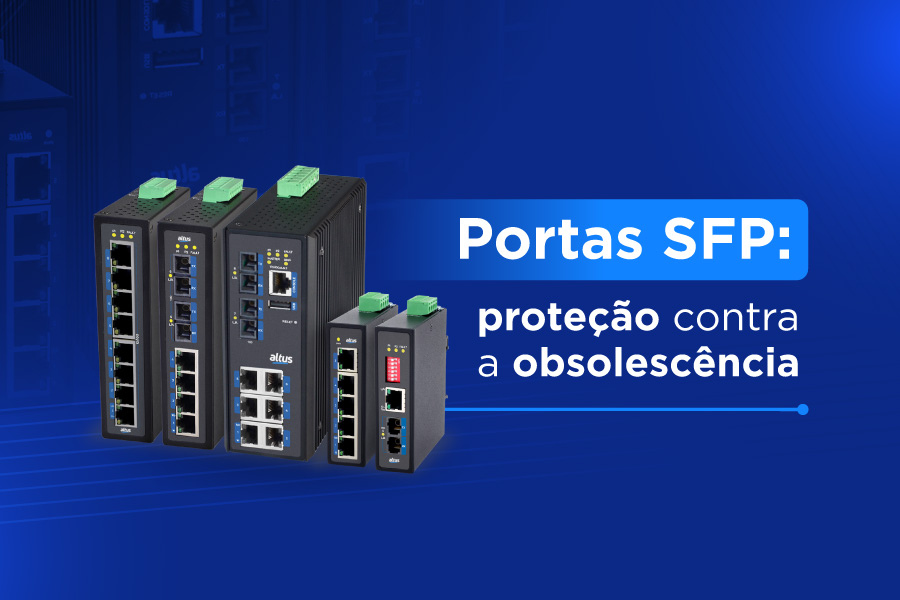The management of water resources and the operation of hydroelectric plants critically depend on accurate and real-time data. Hydrological telemetry, which involves the remote collection of parameters such as river and reservoir levels, flow, and rainfall indices, is fundamental for energy planning, flood and drought forecasting, and environmental management. Without reliable and continuous information, energy concessionaires face significant challenges in optimizing generation, ensuring operational safety, and regulatory compliance.
Historically, the implementation of telemetry systems in remote areas has been complex. Conventional radio technologies require repeater station infrastructures, implying high maintenance costs and logistical challenges for area use.
The Long Range (LORA) network has emerged as a promising alternative, offering notable advantages in terms of energy consumption in remote rural regions, with minimal infrastructure requirements. This technological advance has paved the way for a new approach in hydrological telemetry.
Nesse contexto, a Light Energia e a Altus uniram forças através do Programa de Pesquisa, Desenvolvimento e Inovação (PDI) regulado pela Agência Nacional de Energia Elétrica (ANEEL) para desenvolver uma solução de alta disponibilidade de dados, baixo custo e baixo consumo de energia para a telemetria da hidrologia, utilizando a tecnologia LORA na rede LORAWAN. O sistema integra dataloggers, gateways e servidores privados.
The main components of the system
The hydrological telemetry system developed is an integrated solution, composed of three technological pillars: the NL717 datalogger, the LORA GW700 gateway, and Light's Hydrological Monitoring System. The integration between these components was fundamental to generate high availability and greater system efficiency.
NL717: high speed and security in data transmission
The NL717 is a compact datalogger, part of the Nexto System.designed to expand monitoring and telemetry capabilities. Its primary function is to collect data from a variety of sensors, including level, rain, diagnostics, and battery voltage, store them internally, and transmit them.
Equipped with a high speed 32-bit ARM processor, ensuring agile data processing. The device has integrated digital and analog inputs, all with high precision, as required in hydrological monitoring applications, solar energy generation, and other critical process areas. It also features four digital inputs (which can act as fast inputs), four fast inputs (configurable as fast counters or external interruptions), and eight analog current inputs.
In terms of communication, the NL717 offers multiple interfaces: a 10/100 Mbps Ethernet interface that supports protocols such as OPC UA, EtherNet/IP, MODBUS, and MQTT,and an integrated long-range LORA radio. This radio operates in the 915-928MHz frequency range, with transmission rates varying from 290 bps to 50 kbps, and is supplied with a 2 dBi antenna. Additionally, the NL717 also has an SDI-12 communication interface, allowing data collection from compatible sensors. The extended power supply of the device facilitates its application with alternative energy sources, such as solar. The device also has a real-time clock (RTC) with 1 ms resolution and 14 days of retentivity.
Gateway GW700: connectivity and versatility for long distance connections
The GW700 gateway plays a central role in the system architecture, acting as the bridge between NL717 dataloggers and network servers. Its main functionality is to receive data transmitted via LORA radio by the dataloggers on the LORAWAN network and then forward it to the applications running on the network servers.
It features an Ethernet connection port configurable via an embedded web interface, which simplifies its management and network integration. It is designed to connect LORAWAN devices and servers with low power consumption and good range. The GW700's power supply, like the NL717's, has an extended operating range, providing flexibility in its deployment in different environments.
To ensure ruggedness and durability in outdoor environments, the GW700 was designed with an IP67 rated enclosure, and the antenna used also meets these requirements. This feature is essential for continuous operation in adverse weather conditions, common in hydrological monitoring sites. It functions as a central hub for LORA communication, allowing the flow of critical data from remote sensors to the centralized monitoring software.
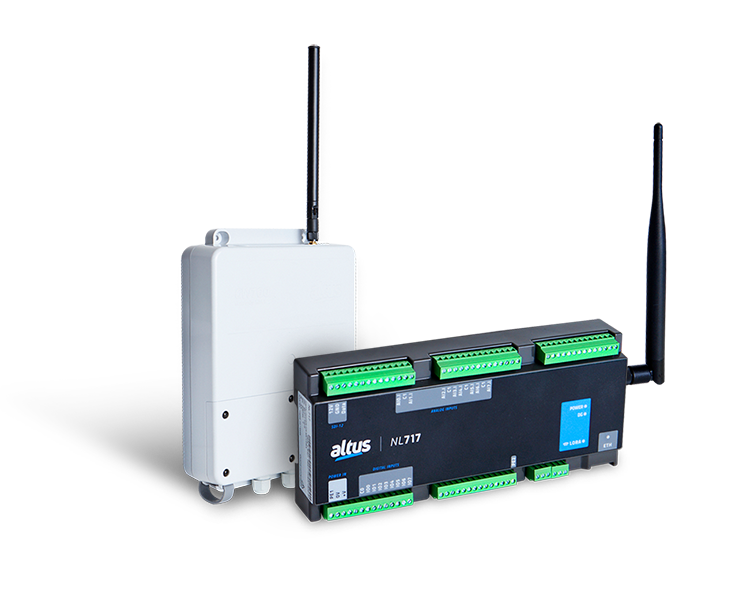
The hydrological monitoring system: the central intelligence
Light’s hydrological monitoring system is an innovative software, developed to manage and display collected data, and represents the central intelligence of the telemetry system, offering a robust and scalable platform.
The system's capabilities are comprehensive: it receives data from dataloggers, stores it in a database, and displays it through a web interface, eliminating the need for a complex SCADA system. Through this interface, it is possible to register stations, sensors, and key curves, providing flexibility in system configuration.
The SAHL (Hydrological Monitoring System) architecture is redundant, which contributes to the system's high availability. This redundancy is achieved through the configuration of system elements and interfaces, including servers, LORA gateways, and the dataloggers' communication itself, to operate in parallel with fallback mechanisms. This means that, in case of a primary component failure, a secondary component automatically takes over, ensuring the continuity of critical data flow and minimizing downtime.
The integration of SAHL with the other system components was meticulously performed. Servers were acquired for the installation of the hydrology system, database, FTP server, and LoRa Network Server. The NL717 dataloggers send data via FTP or LoRa protocol to these servers. In the pilot project, SAHL was configured to operate in parallel with Light's existing legacy system, the AMH (Hydrological Monitoring Environment). To ensure compatibility, scripts were developed on the servers to convert the files received from the dataloggers to the AMH format, allowing both systems to function simultaneously without interruptions.
The NL717 was designed with high communication redundancy capability com interfaces Ethernet e LORA integradas para proporcionar maior confiabilidade do sistema em ambientes remotos. Essa funcionalidade assegura que, se uma das interfaces de comunicação falhar – por exemplo, devido a uma interrupção na rede Ethernet ou a uma condição adversa que afete o sinal LORA –, o NL717 pode alternar para a outra interface disponível, mantendo o fluxo contínuo de dados para os servidores centrais, garantindo a alta disponibilidade de informações, reforçando a robustez do sistema de telemetria como um todo.
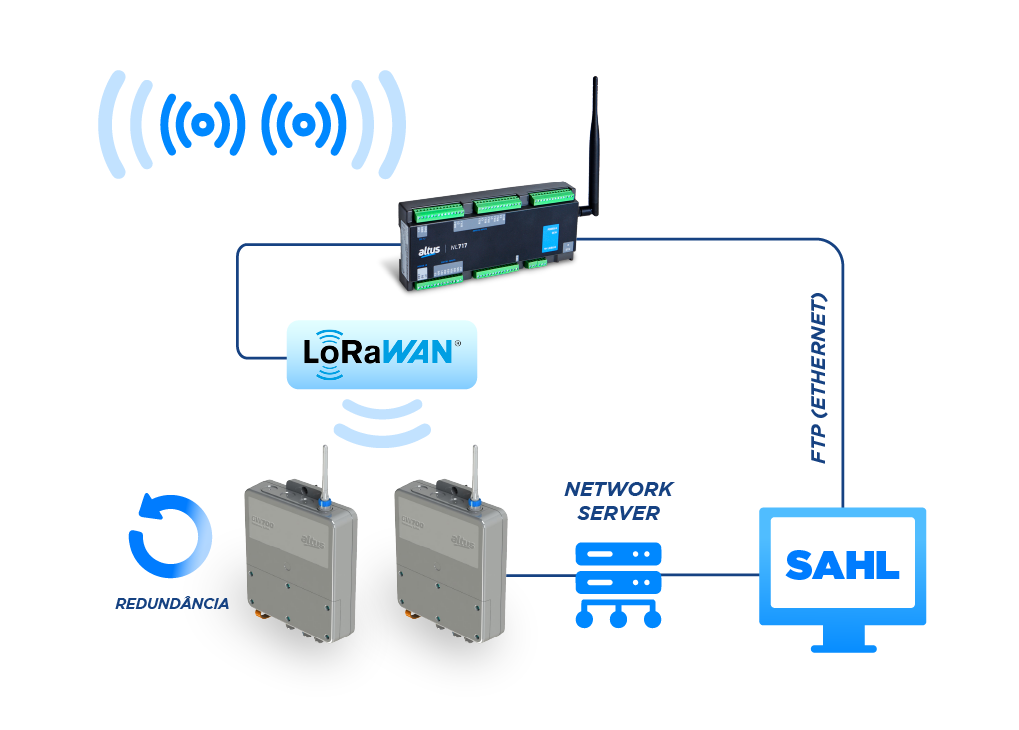
The development process
The system development was conducted using an agile methodology, divided and detailed into multiple sprints, with extensive testing and continuous re-evaluations, including multiple rounds of Factory Acceptance Tests (FAT), reflecting an unwavering commitment to the ruggedness and reliability of the system, prioritizing quality over delivery speed.
See a summary of the objectives and main achievements of each development sprint.
| Sprint | Main objective | Deliverables | Challenges addressed |
| 1 | Initial review and specification | Definition of requirements, market analysis, electrical schematics | Integração de novas funcionalidades no portfólio Altus |
| 2 | Prototyping and validation | Prototypes assembly, power supply project, LORA field tests, circuit review | Optimization of LORA range in different terrains |
| 3 | Core development and integration | Board layout, hardware verification, embedded software, enclosure design (GW700), pilot architecture | Integration of software with multiple hardware interfaces |
| 4 | Verification and certification | EMC Tests (ESD, Surge, Emission), ANATEL Certification, Factory Acceptance Tests (FAT) | Conformity with regulatory standards, ruggedness against interferences |
| 5 | Field implementation | Installation of servers and equipment, integration with legacy system (AMH), final adjustments of sensors | Compatibility of data format with legacy systems, communication in posts with 4G |
Optimization of LORA communication
Initial field tests revealed challenges related to the range and reliability of LORA communication, especially in areas with complex terrain. For example, tests on Ilha dos Pombos showed unsatisfactory results due to the terrain between communication points. This required iterative adjustments to radio configurations and strategic modifications to sending and collecting points to optimize communication. The persistence in radio optimization, which culminated in a range of 6.62 km in a second test, demonstrates that implementing long-range technologies in real environments requires an adaptive approach.
Ruggedness of the hardware
Ensuring the system's resistance against electromagnetic interference (EMC) and adverse environmental factors was another crucial challenge. Electrostatic Discharge (ESD) and Surge Immunity tests were performed to verify the equipment's ability to withstand transients and atmospheric discharges. Furthermore, conducted emission tests helped identify problems at certain frequencies, mainly related to the power supply, which required testing various filter solutions until a definitive circuit that met compliance levels was reached. This experience highlights the importance of a rugged hardware design to ensure reliable operation in demanding environments.
The complexity of software integration
The integration of embedded software with multiple distinct hardware interfaces, such as SDI-12, LORA, digital and analog inputs, and ensuring a continuous data flow to central servers, presented some integration challenges.
One example was the need for compatibility with Light's legacy system. To allow the new SAHL system to operate in parallel with the AMH, specific scripts were developed that received files from the dataloggers, converted them to the AMH format, and forwarded them, while retaining the originals to ensure a smooth transition and operational continuity.
The Ilha dos Pombos pilot project
The field implementation phase of the hydrological telemetry system at Light's Ilha dos Pombos Regional was a decisive test for the solution’s validation in a real and challenging operational environment.
The Ilha dos Pombos Regional, located in Rio de Janeiro, is a geographically complex area of critical importance for Light's hydroelectric generation. The choice of this location for the pilot project was not by chance; initial LORA tests in the region had already revealed communication difficulties due to the terrain. This strategic selection of the deployment site demonstrates the project's ambition to face difficult operational environments and prove the solution's resilience where traditional methods might fail. By proving the system's effectiveness in such a demanding scenario, its applicability to other remote, potentially less challenging, locations was validated, lending great credibility to the results achieved.
The field implementation involved a series of operational successes:
- – Configuration of the infrastructure: the installation of servers at the Ilha dos Pombos HPP and the comprehensive preparation of Light's existing network infrastructure were carried out to accommodate all equipment. The strategic deployment of fiber optic lines and gateways established robust and reliable communication paths.
- – Integration: the dataloggers were installed in an integrated manner into the existing panels at the stations, connecting directly to various sensors and establishing communication with the SAHL server, both via LORA and 4G modems, depending on the specific requirements of each location.
- – Parallel operation with legacy systems: one of the most notable successes was the successful implementation of sophisticated scripts to ensure full compatibility and parallel operation between the new system and the legacy system. This integration allowed the ability to operate in parallel with the already existing infrastructure.
- – Accuracy of sensor data: critical adjustments were made to the system to ensure correct and retentive readings from rain sensors (even after power cycles) and to handle data from multiple stations connected to a single datalogger, ensuring data integrity and consistency.
The system validation in the pilot project was clearly evidenced by tangible results:
- – Visual evidence of data acquisition: the tests executed showed that both the AMH system and SAHL were successfully acquiring and displaying hydrological data, including level, flow, and accumulated rainfall. This evidence unequivocally confirms the system's data acquisition and display capabilities.
- – High availability and reliability: the pilot project conclusively demonstrated the system's ability to achieve high data availability and reliable communication, even in a challenging and remote operational environment. The successful demonstration of real-time data acquisition and parallel operation in a real environment validates the system's core value proposition: reliable and high-availability data for critical decision-making.
The strategic impact
The developed solution has immense relevance for Light Energy, given its critical dependence on hydrological systems for the efficient and safe operation of its hydroelectric plants.
The innovative features of the system, such as the integrated Ethernet and LORA interfaces for robust and redundant data transmission, establish a new standard for remote telemetry solutions in the energy sector.
This project aligns perfectly with the accelerated global trend of Industrial Internet of Things (IIoT) adoption, particularly the growing use of LORAWAN for remote monitoring, asset tracking, and predictive maintenance across a multitude of industrial sectors,demonstrating how specific engineering challenges in critical infrastructures are being overcome through the strategic integration of increasingly advanced technologies, secure data pipelines, and intelligent software.
The journey from conception to field deployment is a testament to the power of iterative engineering, rigorous validation, and strategic partnerships in realizing complex solutions, paving the way for greater operational efficiency, improved data-driven decision-making, and increased integration in the management of vital assets in the energy sector. The future of automated system integration will increasingly depend on intelligent, connected, and secure architectures, from the edge to the cloud, enabling new levels of operational excellence and sustainability in an increasingly connected industrial landscape.
